Dedicated in 1935, Valley of Fire is Nevada’s oldest and largest state park.
Its dramatic name comes from the red sandstone formations that make up this equally dramatic landscape These features, which are the centerpiece of the park’s attractions, often appear to be on fire when reflecting the sun’s rays.
Other important rock formations include limestones, shales, and conglomerates. Prehistoric users of the Valley of Fire included the Basket Maker people and later the Anasazi Pueblo farmers from the nearby fertile Moapa Valley.
The span of approximate occupation has been dated from 300 B.C.E. to 1150 C.E. Their visits probably involved hunting, food gathering, and religious ceremonies, although scarcity of water would have limited the length of their stay. Fine examples of rock art left by these ancient peoples can be found at several sites within the park inrock formations that are covered in petroglyphs.
Scratched into the Desert Varnish (theorized to be a wind blown form of organism which adheres in dark, easily abraded layers over the red desert rocks) by the Anasazi who inhabited the Valley of Fire between 300 BC to 1150 AD, petroglyphs can be found in many locations throughout the park, the most accessible of which are at Mouse’s Tank and Atlatl Rock. Valley of Fire itself is composed largely of a vibrantly red, iron oxide bearing form of sandstone, contains numerous natural arches and has been a scenic setting for several films and television shows.
Resident birds include the raven, house finch, sage sparrow, and roadrunner. Many migrant birds also pass through the park. Most desert animals are nocturnal and not frequently seen by the passing motorist. Many species of lizards and snakes are common in the park, as well as the coyote, kit fox, desert tortoise, spotted skunk, black tailed jackrabbit, and antelope ground squirrel.
Know Before You Go
Take I15 north from Las Vegas and exit at Valley of Fire Hwy. It's an approximately one-hour drive from the Strip. There's a $10/vehicle entrance fee.
Community Contributors
Added by
Edited by
Plan Your Trip
The Atlas Obscura Podcast is Back!




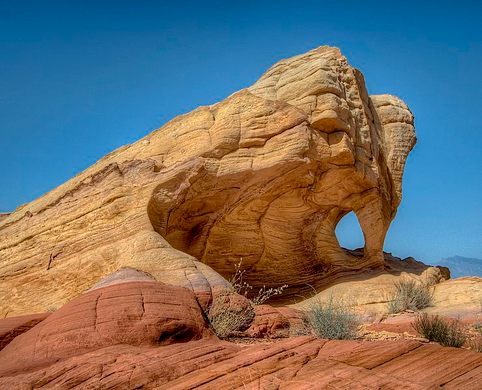





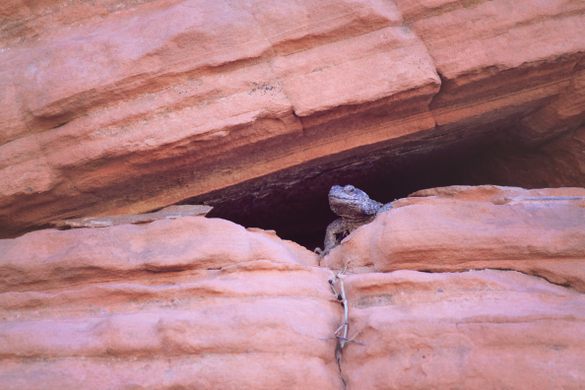




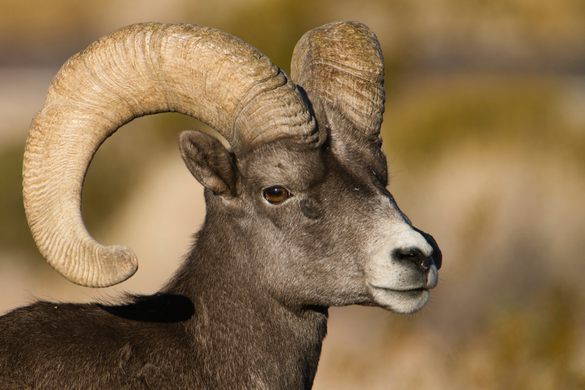





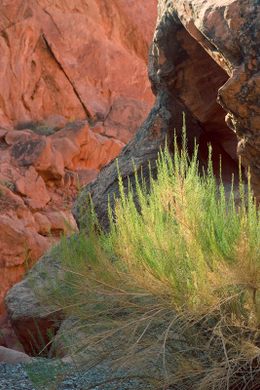
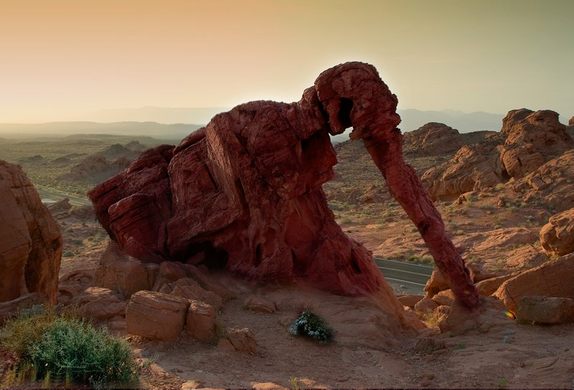











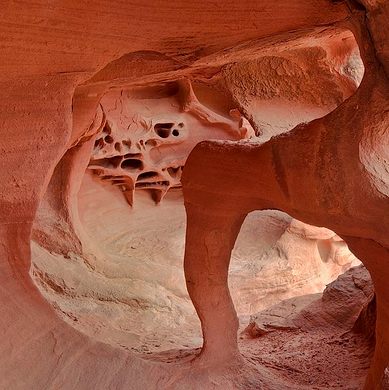



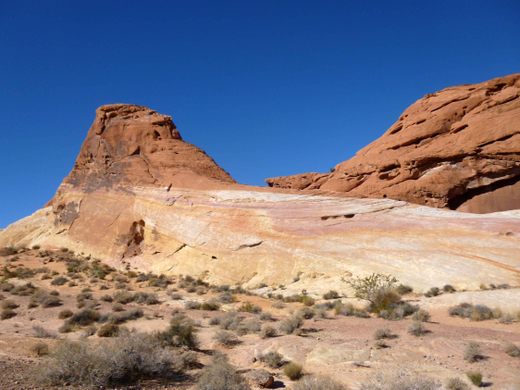


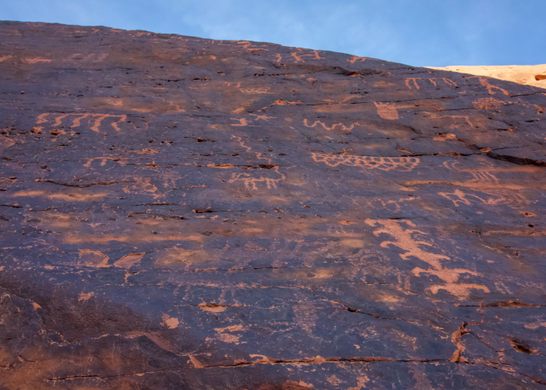














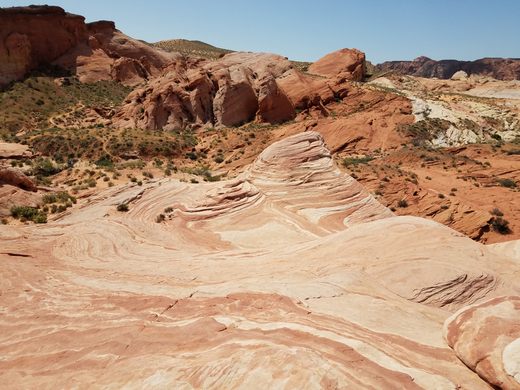



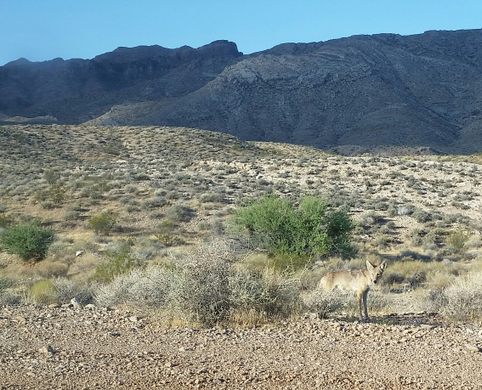
























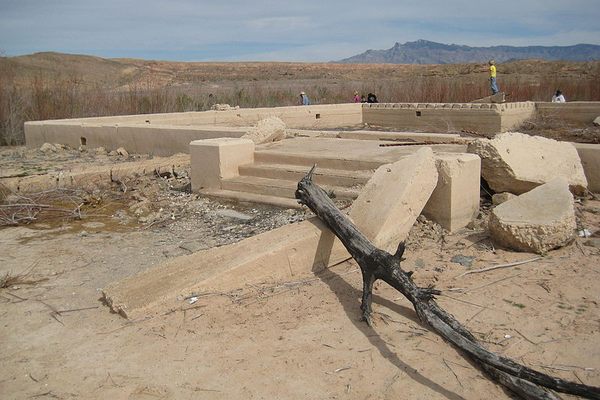
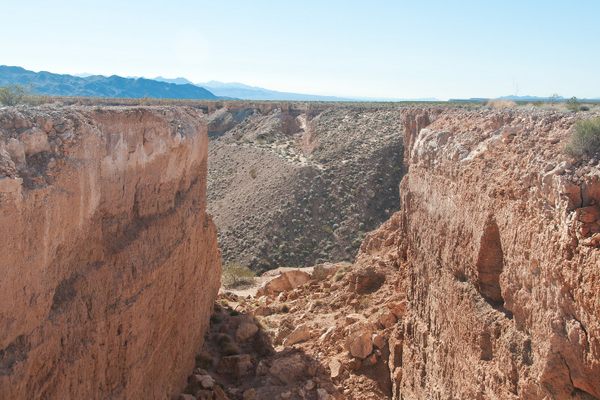






Follow us on Twitter to get the latest on the world's hidden wonders.
Like us on Facebook to get the latest on the world's hidden wonders.
Follow us on Twitter Like us on Facebook